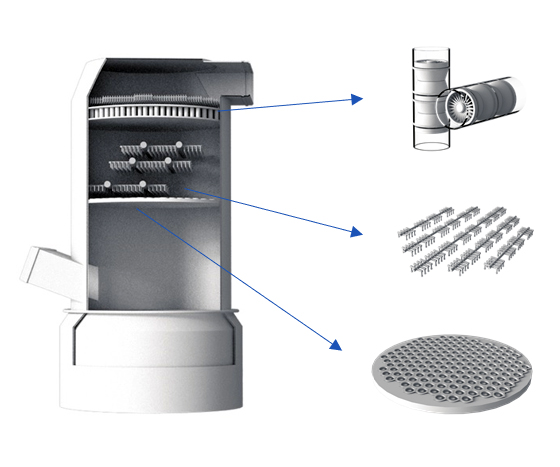SCR catalyst (direct manufacturing) and reducing agent supply system consulting.
SCR Facility Health Care.
SCR maintenance cost optimization is presented.



Construction and construction of environmental facilities.
Industrial waste after-treatment facility construction.
Integrated Technical Consulting.



